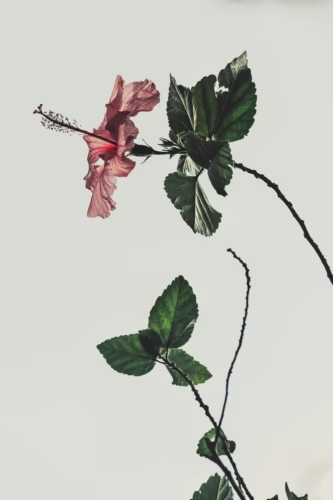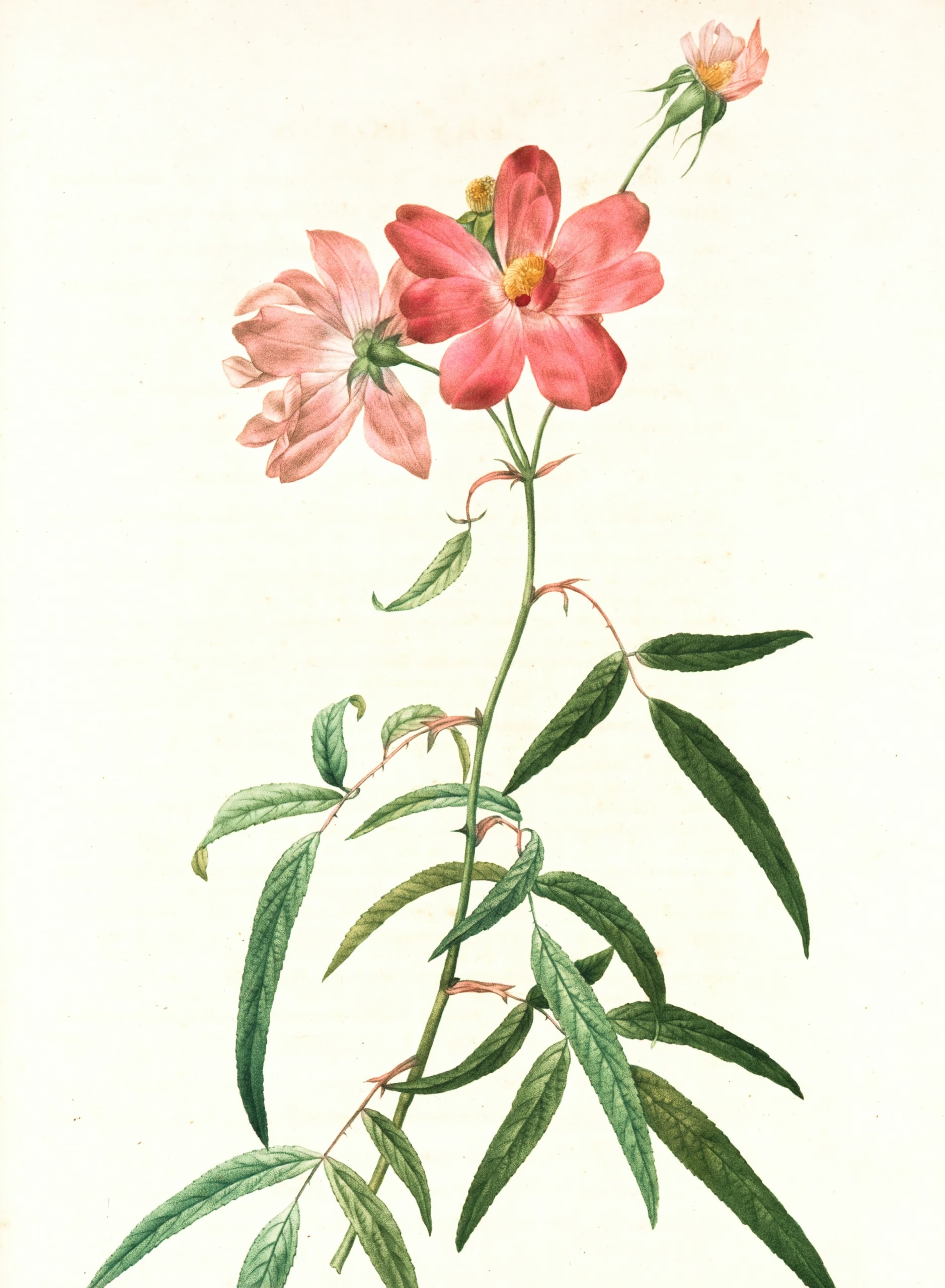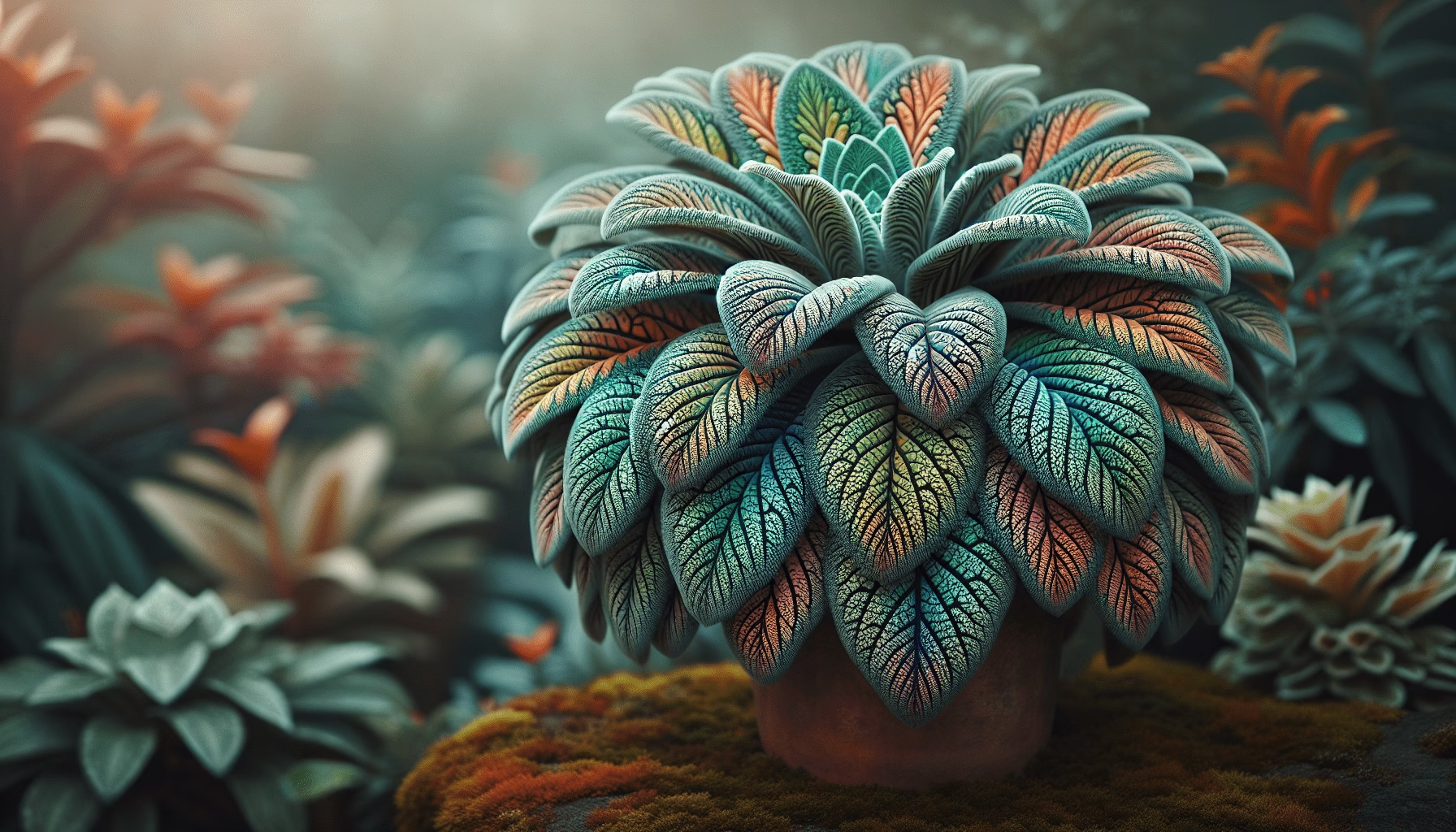What draws individuals to the world of exotic plant collection and how can they master this intriguing practice? Exotic plants, each with its unique morphology and cultural significance, captivate plant enthusiasts globally. However, collecting and maintaining such plants is a craft that requires not only passion but also a breadth of knowledge and skill. This advanced guide aims to delve into the complexities of exotic plant collection and offer insights into maintaining their allure.

Table of Contents
Understanding Exotic Plant Collection
Why do people choose to immerse themselves in collecting exotic plants? The allure stems from the diversity and complexity these plants offer. Exotic plants are not only visually captivating but also representative of different ecosystems around the world. Their collection evokes an almost adventurous spirit—a quest to curate a garden that tells a story of global biodiversity.
Historical Perspective on Exotic Plant Collection
The fascination with exotic plants is nothing new. During the age of exploration, exotic flora were symbols of wealth and status, as explorers and botanists brought back specimens from their voyages to far-off lands. The Victorian era, for example, marked a boom in plant collecting, with wealthy individuals showcasing greenhouses filled with diverse botanical treasures. Fast forward to today, this pursuit has become more accessible with advances in horticultural techniques and global trade. However, it remains an endeavor that combines both artistry and science.
Cultural and Aesthetic Value
Incorporating exotic plants into gardens and homes enhances both cultural and aesthetic value. They can act as living pieces of art, offering a glimpse into distant lands. Moreover, certain exotic plants hold immense cultural significance in their countries of origin—ornamental yet also medicinal or spiritual. Understanding these aspects adds a layer of appreciation to their collection.
Key Concepts in Exotic Plant Collection
Collecting exotic plants requires more than just an eye for beauty; it involves an understanding of botanical science, adaptability, and sustainability. Here are some essential concepts to grasp:
Climate and Environment Adaptation
Exotic plants originate from diverse climates, from tropical rainforests to arid deserts. Understanding the original environment of each plant is crucial to replicating the conditions it needs to thrive. This includes factors such as light, humidity, temperature, and soil type. Consider using climate control systems, such as humidifiers for tropical species or well-drained soil for succulents, to mimic these environments closely.
Soil and Nutrient Management
The right soil composition and nutrition are vital for the health of exotic plants. Some species may require specific soil pH levels, while others might flourish in nutrient-rich or sandy substrates. Incorporating homemade compost and organic fertilizers can foster a thriving environment, providing essential nutrients without harming the plant.
Watering Techniques
Watering exotic plants is often more nuanced than domestic varieties. Overwatering can lead to root rot, while under-watering causes dehydration, especially in species used to heavy rainfall. Employing watering techniques like misting or self-watering systems can help maintain the delicate balance needed for these plants.

Step-by-Step Guide on Exotic Plant Maintenance
Maintaining exotic plants requires precision and consistency. Follow these steps to ensure your exotic plant collection remains robust and vibrant.
Step 1: Plant Selection and Acquisition
Choosing the right plants is the cornerstone of an exotic collection. It is crucial to assess your environment first—consider light availability, temperature fluctuations, and space constraints. Once you have identified suitable conditions, choose plants that will thrive in your specific environment. Moreover, acquire plants from reputable sources to ensure they are disease-free and ethically sourced.
Step 2: Potting and Transplanting
Proper potting techniques can significantly impact plant health. Select the appropriate container size with adequate drainage holes. Transplanting should be done carefully to prevent root damage. Remember, some exotic plants are sensitive to transplant shock, so handle with care and consider transplanting during their dormant phase.
Step 3: Soil Mixture Preparation
Creating a tailored soil mixture aligns closely with step 2. A blend of peat moss, perlite, and vermiculite suits many exotic plants, but variations may be necessary depending on the specific requirements of the plant species. Add organic matter to improve soil fertility and structure.
Step 4: Light and Temperature Regulation
Replicating the natural habitat of exotic plants in terms of light and temperature ensures sustainable growth. Arrange plants according to their light needs; for example, place light-loving plants like cacti near windows with ample sunlight while shaded areas suit ferns and orchids. Consider ambient temperature and heating or cooling systems to stabilize your plant environment.
Step 5: Routine Watering and Humidity Control
Develop a systematic watering routine—preferably early in the morning or late afternoon—to prevent water loss through evaporation. Use lukewarm water to avoid temperature shocks. For humidity-loving species, frequent misting or the use of pebble trays can maintain moisture levels effectively.
Managing Pests and Diseases
Exotic plants are susceptible to various pests and diseases. Regular inspection is vital to catch early signs of infestations or diseases. Use organic solutions like neem oil or insecticidal soaps for pest management. When wielding chemical pesticides, handle with caution to avoid damaging the plant.
Seasonal Care and Pruning
Pruning is essential for plant health and aesthetics. Remove dead or diseased foliage regularly to encourage growth and prevent the spread of pathogens. Seasonal care, like adjusting light and water during different times of the year, is also necessary to align with the plant’s natural cycles.
Leveraging Technology in Exotic Plant Care
Embracing technology can significantly ease exotic plant care. Here are a few high-tech tools and innovations worth considering:
Smart Irrigation Systems
Automated watering systems equipped with soil moisture sensors can deliver precise hydration, reducing human error.
LED Grow Lights
New-age grow lights can mimic the sun’s spectrum, providing plants with the light needed to photosynthesize even in interior settings.
Nutrient Sensors
These tools offer insights into soil composition, allowing for timely adjustments in nutrient levels.

Future Trends in Exotic Plant Collection
As the world continues to change, so does the field of exotic plant collection. Here are some future trends that may shape the practice:
Sustainability and Ethical Sourcing
Future trends lean towards eco-conscious plant collection practices, emphasizing sustainable sourcing and ethical trade. This movement protects natural habitats and endangered plant species, ensuring their survival for generations.
Virtual Sharing and Community Forming
The rise of virtual platforms for plant enthusiasts to share experiences and advice fosters global communities. Such exchanges widen horizons and help collectives address challenges and celebrate successes.
Advances in Genetic Research
Genetic research continues to unravel the mysteries of plant growth and development, offering insights into creating more resilient plant breeds.
Conclusion: Embrace the Art of Exotic Plant Collection
Mastering the art of exotic plant collection and maintenance is both a rewarding and challenging pursuit. By understanding key concepts, following step-by-step maintenance practices, and embracing technology, collectors can optimize their efforts and enjoy the unparalleled beauty these plants bring. The future of exotic plant collection is bright, intertwined with sustainability and innovation, encouraging enthusiasts to protect and cherish these living pieces of art.

Unbelievable RARE Exotic and DIVERSE Plants🪴 FLOII exhibition Indonesia

